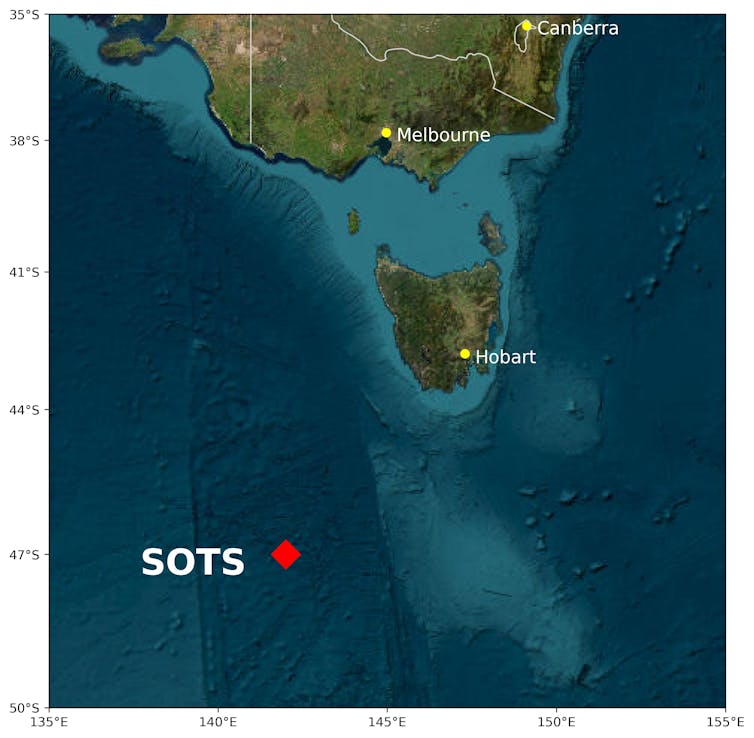Curious Kids is a series for children of all ages. If you have a question you’d like an expert to answer, send it to [email protected].
Why does a plane look and feel like it’s moving more slowly than it actually is? – Finn F., age 8, Concord, Massachusetts
A passenger jet flies at about 575 mph once it’s at cruising altitude. That’s nearly nine times faster than a car might typically be cruising on the highway. So why does a plane in flight look like it’s just inching across the sky?
I am an aerospace educator who relies on the laws of physics when teaching about aircraft. These same principles of physics help explain why looks can be deceiving when it comes to how fast an object is moving.
Moving against a featureless background
If you watch a plane accelerating toward takeoff, it appears to be moving very quickly. It’s not until the plane is in the air and has reached cruising altitude that it appears to be moving very slowly. That’s because there is often no independent reference point when the plane is in the sky.
A reference point is a way to measure the speed of the airplane. If there are no contrails or clouds surrounding it, the plane is moving against a completely uniform blue sky. This can make it very hard to perceive just how fast a plane is moving.
And because the plane is far away, it takes longer for it to move across your field of vision compared to an object that is close to you. This further creates the illusion that it is moving more slowly than it actually is.
These factors explain why a plane looks like it’s going more slowly than it is. But why does it feel that way, too?
A passenger’s perception on the plane
A plane feels like it’s traveling more slowly than it is because, just like when you look up at a plane in the sky, as a passenger on a plane, you have no independent reference point. You and the plane are moving at the same speed, which can make it difficult to perceive your rate of motion relative to the ground beneath you. This is the same reason why it can be hard to tell that you are driving quickly on a highway that is surrounded only by empty fields with no trees.

Saul Loeb/AFP via GettyImages
However, there are a couple of ways you might be able to understand just how fast you are moving.
Can you see the plane’s shadow on the ground? It can give you perspective on how fast the plane is moving relative to the ground. If you are lucky enough to spot it, you will be amazed at how fast the plane’s shadow passes over buildings and roads. You can get a real sense of the 575 mph average speed of a cruising passenger plane.
Another way to understand how fast you are moving is to note how fast thin, spotty cloud cover moves over the wing. This reference point gives you another way to “see” or perceive your speed. Remember though, that clouds aren’t typically stationary; they’re just moving very slow relative to the plane.
Although it can be difficult to discern just how fast a plane is actually moving, using reference points to gain perspective can help tremendously.
Has your interest in aviation been sparked? If so, there are a lot of great career opportunities in aeronautics.
Hello, curious kids! Do you have a question you’d like an expert to answer? Ask an adult to send your question to [email protected]. Please tell us your name, age and the city where you live.
And since curiosity has no age limit – adults, let us know what you’re wondering, too. We won’t be able to answer every question, but we will do our best.




